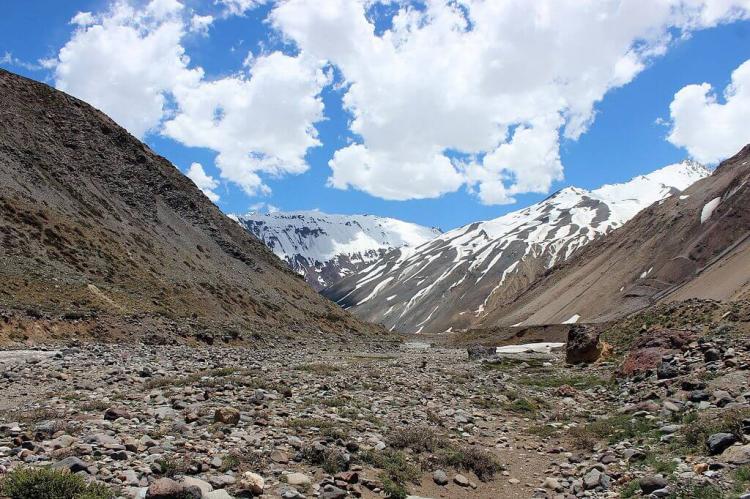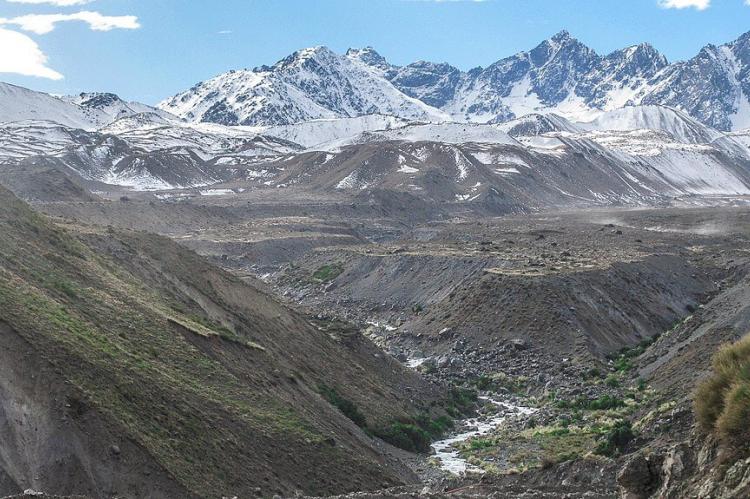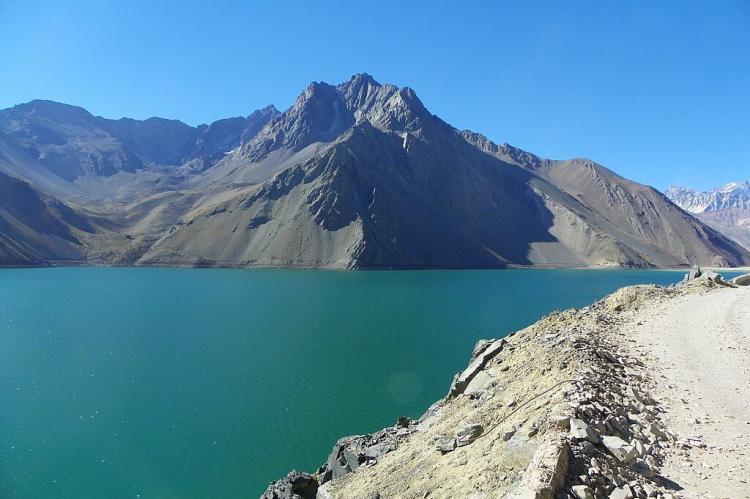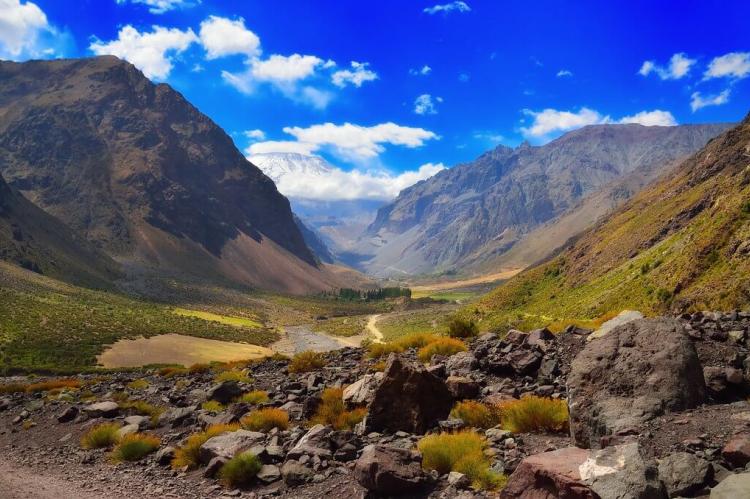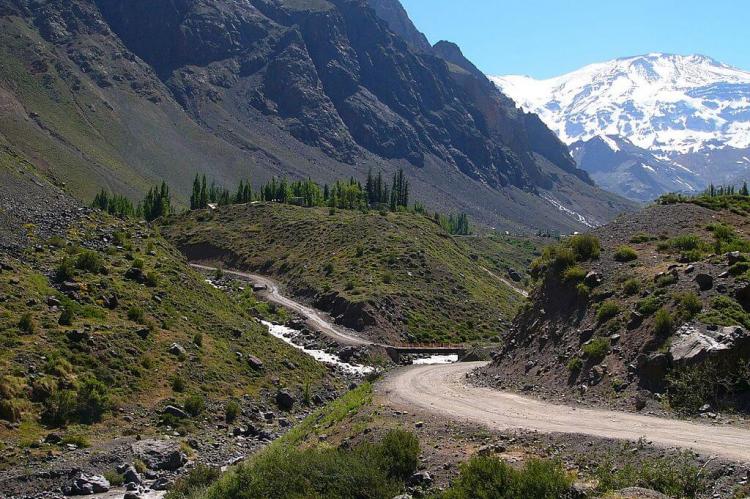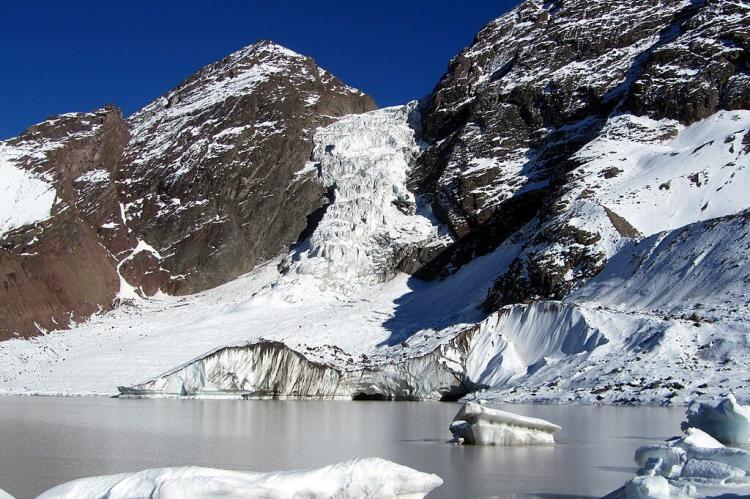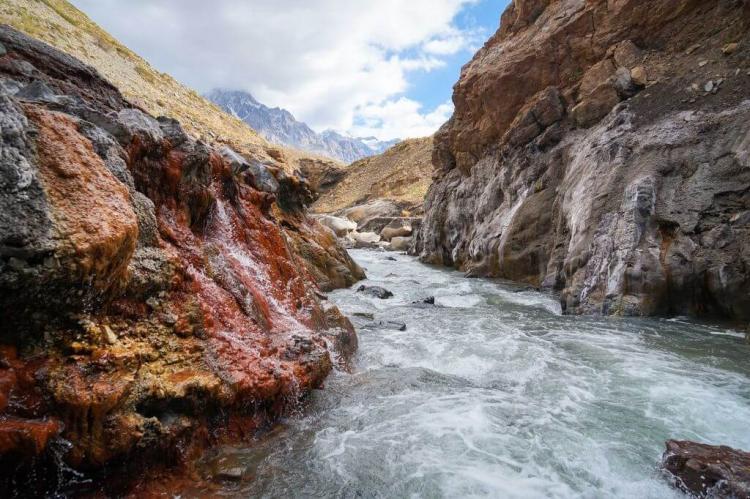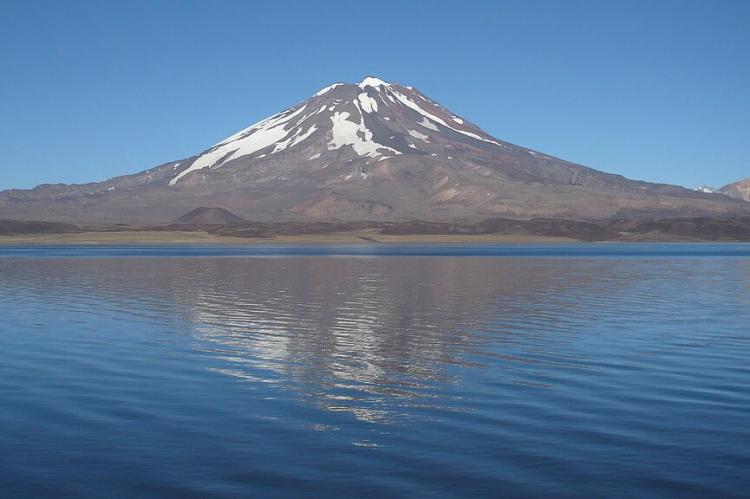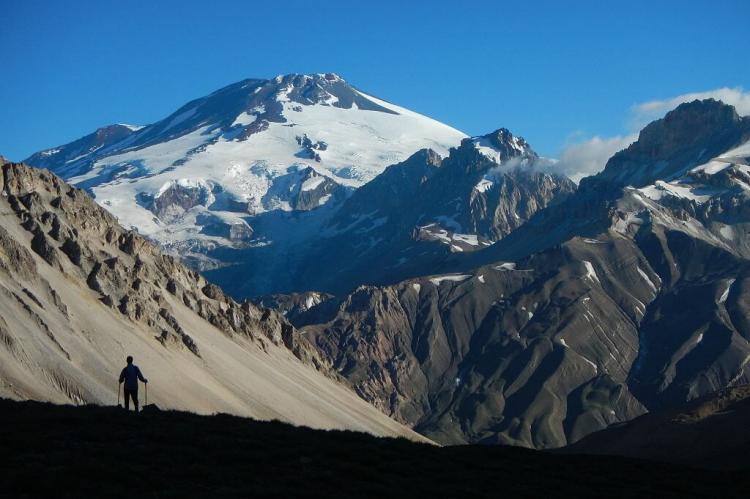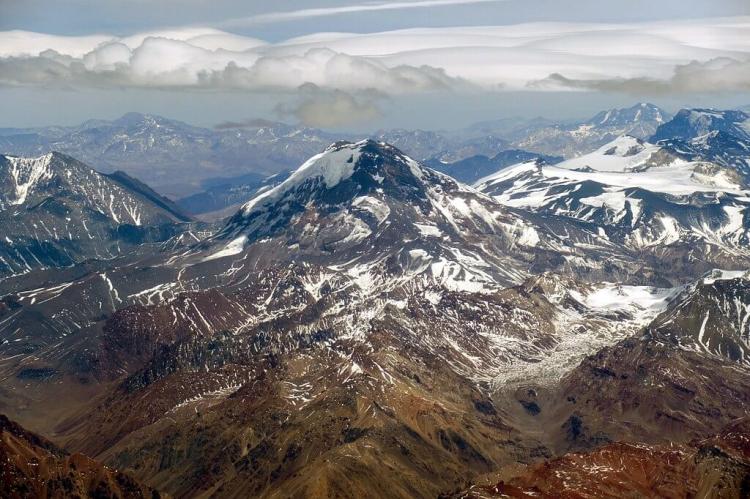Exploring Cajón del Maipo and its Volcanic Landscape
Nestled in Chile's Santiago Metropolitan Region lies Cajón del Maipo, a canyon celebrated for its natural beauty and geological history. Accessible through San José de Maipo, this dramatic landscape is a gateway to a world of towering volcanoes, vibrant rivers, and geothermal wonders.
Exploring Cajón del Maipo and its Volcanic Landscape
Nestled in the southeastern embrace of Chile's Santiago Metropolitan Region lies Cajón del Maipo, a canyon celebrated for its breathtaking natural beauty and captivating geological history. Accessible through the charming town of San José de Maipo, this dramatic landscape is a gateway to a world of towering volcanoes, vibrant rivers, and geothermal wonders. This exploration delves into the captivating geology of Cajón del Maipo, exploring the mighty Maipo Volcano, the remnants of the Diamante Caldera, and the fascinating San José Volcanic Group.
Cajón del Maipo
Carved by the relentless flow of the Maipo River and its tributaries – El Volcán, Yeso, Colorado, San Gabriel, and El Manzano – Cajón del Maipo is a testament to the power of water over time. The Maipo River's upper basin snakes through the canyon's heart, its turquoise waters contrasting with the rugged, volcanic peaks that rise majestically on either side. The accessibility of Cajón del Maipo from the bustling capital city of Santiago makes it a haven for outdoor enthusiasts, particularly those seeking challenging hikes and breathtaking panoramas.
Maipo Volcano
Dominating the skyline some 100 kilometers (60 miles) southeast of Santiago, the mighty Maipo Volcano straddles the border between Chile and Argentina. Its near-symmetrical cone, standing at an impressive 5,264 meters (17,270 feet) above sea level, soars almost 2,000 meters (6,560 feet) above the floor of the Diamante Caldera. Classified as an active volcano, Maipo boasts a history of sporadic eruptions, the last major one occurring in 1951. This fiery giant serves as a potent reminder of the ongoing geological processes that continue to shape the landscape of Cajón del Maipo.
Diamante Caldera
Approximately 450,000 years ago, a colossal eruption ripped through the Earth's crust, leaving behind the Diamante Caldera, a vast depression measuring approximately 15 by 20 kilometers (9 by 12 miles). Straddling the Chile-Argentina border, the caldera is a powerful testament to the immense forces that have sculpted the Andes Mountains. Nestled within the caldera on the Argentinian side lies Lake Diamante, a shimmering jewel formed by lava flows that blocked drainage channels during a more recent eruption in 1826. The Diamante Caldera and its associated lake offer a captivating glimpse into the dramatic volcanic history of the region, attracting both curious tourists and dedicated geological researchers.
San José Volcanic Group
At the southern end of Cajón del Maipo, on the edge of the Chile-Argentina border, lies the San José Volcanic Group, a captivating ensemble of volcanoes. Roughly 10 by 5 kilometers (6 by 3 miles) in size, the complex, named after its most prominent member, San José Volcano, boasts diverse peaks. La Engorda, Espiritu Santo, Plantat, and Marmolejo rise alongside San José, each contributing its unique volcanic story to the rich geological tapestry of Cajón del Maipo. These stratovolcanoes, characterized by their layered structure built from alternating lava flows and ash deposits, offer a glimpse into the complex volcanic processes that have shaped the region for millennia.
Conclusion
Cajón del Maipo goes beyond being just a scenic landscape. It serves as a living museum, chronicling the Earth's dynamic history. The imposing presence of Maipo Volcano, the remnants of the ancient Diamante Caldera, and the diverse peaks of the San José Volcanic Group all contribute to this awe-inspiring landscape. Exploring Cajón del Maipo offers a profound understanding of the geological forces that continue to mold the majestic Andes. It's a journey through space and time, witnessing the robust geological processes that have sculpted this extraordinary region.
